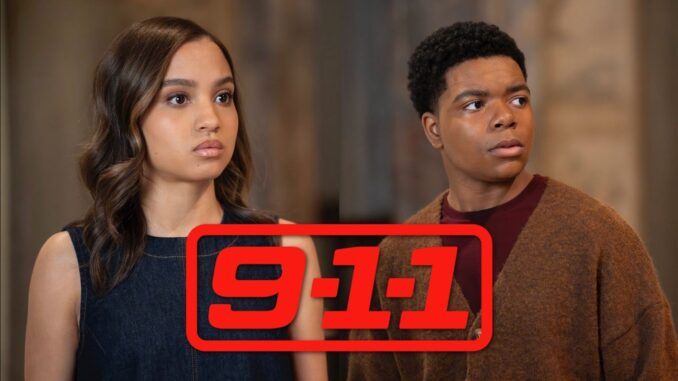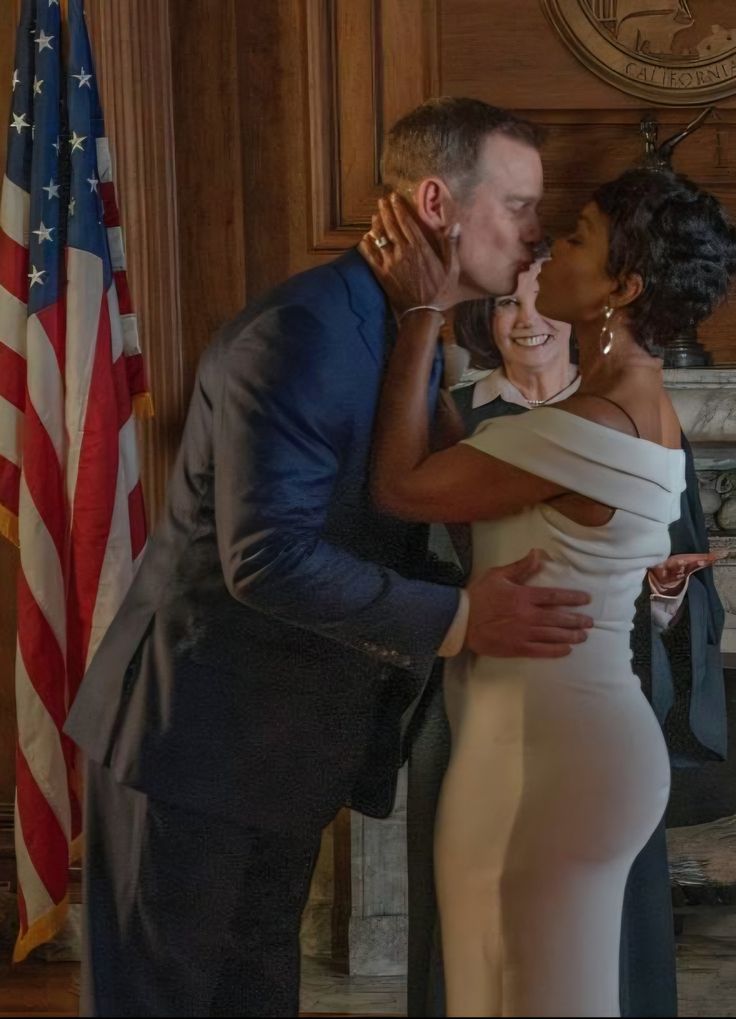
Ever watched someone evolve so quickly that you do a double-take? That’s exactly how it feels when a character in 9-1-1 goes from “little brother” to “uncle energy” all within a few scenes. But how did the show pull that off so seamlessly? Let’s dive into the magic behind that transformation—and why it resonates so hard with viewers.
1. Meeting “The Little Brother”
Establishing the Kid Persona
At first glance, he’s clearly the younger brother—cute, perhaps a little naive, leaning on the older sibling for guidance. Think of the kid who tags along hoping to help but ends up mostly just learning from the pros. That’s the “starting point.”
Why We Root For the Younger Sibling
We love underdogs. We love potential. And when we see that little brother, we can’t help but root for them, wanting to see them grow.
2. Character Arc in Motion
Key Moments That Spark Growth
Maybe he jumps into action during a crisis. Or steps outside his comfort zone. Every small moment—owning a decision, taking charge—adds layers.
Emotional Catalyst
A dramatic moment—maybe a life-or-death scenario—forces him to become someone more responsible. Suddenly, the show isn’t just about him tagging along; it’s about him stepping up.
3. The Uncle Energy Emerges
What Makes “Uncle Vibes” Different from “Brother Energy”?
“Brother” often feels peer-level: you’re close in age, you share habits or interests. “Uncle,” though? That’s wisdom. That’s guidance with a dash of cool detachment. It’s someone who still cares, but you feel they’ve got life figured out.
Examples in 9-1-1
He starts giving advice, making tough calls, or cracking a joke to defuse tension. That’s when the shift sticks.
4. Why This Transformation Works in Storytelling
Relatability & Surprise
We love a good surprise. Watching someone evolve from goofy kid to supportive uncle-figure hits both nostalgia and aspiration.
Emotional Payoff
You feel proud. You feel grown. It gives the audience that warm, fuzzy “look how far they’ve come” moment.
5. How the Show Crafts It Visually & Dramatically
H2: Costume & Styling Cues
Notice the wardrobe transition? Maybe he starts in baggy shirts, then moves to streamlined gear. That subtle style shift signals growth.
Dialogue & Tone Changes
Lines become more confident. His tone matures. He’s not asking “what should we do?” but saying “here’s what we’re doing.”
Camera & Lighting Tricks
Suddenly, he’s framed more centrally. Lighting highlights his face differently—sharper, more focused.
6. The Audience Reaction & the Viral Factor
Fan Buzz & Memes
Viewers can’t stop tweeting “he went from baby bro to cool uncle.” That meme-worthy glow-up spreads fast.
The Power of Contrast
That transformation jump is what makes people pause, screenshot, and share the moment—and that’s pure social-media gold.
7. How to Apply This Glow-Up in Real Life (Or Other Stories)
Start with Small Growth Moments
Let your real-life or fictional “brother” figure make small wins—speak up, take responsibility, lead a small task.
Let Style & Voice Reflect the Shift
Maybe they change their hairstyle, or swap graphic tees for solid colors. Their speech tone softens into calm assurance. Style mirrors character.
8. Underlying Themes That Resonate
Coming-of-Age vs. Coming-into-Authority
This arc isn’t just maturing—it’s stepping into a different role: the wise enforcer, the reliable advisor.
The Mentorship Parallel
You see elements of mentorship. The “uncle” vibe makes you feel he’s there to guide, to protect.
9. Why It’s So Relatably Human
We’ve All Been the Younger Sibling
We’ve all looked up to someone—wished we could act like them. Watching someone achieve that rapid growth scratches that itch.
We Want to Be That Comeback Story
Seeing someone glow-up so dynamically gives hope—maybe I can level up, too.
10. Voice & Tone: That Chatty, Personable Style
Keep It Light
I’m not lecturing. I’m waving next to you, pointing out the epic glow-up. “Did you see that?” “Oh wow.”
Use Analogies That Click
It’s like watching your favorite cartoon character suddenly trade goofy sneakers for polished loafers. Shock! But smooth.
11. SEO Elements to Keep in Mind
Keywords to Seed Throughout
-
“little brother to uncle vibe glow-up”
-
“9-1-1 character transformation”
-
“brother to uncle energy arc”
-
“how to evolve character like uncle”
Natural Inclusion Is Key
Don’t jam ’em in. Slip them in like a casual invitation: “That little-brother-to–uncle-vibe glow-up? That’s what 9-1-1 nailed.”
Breaking Down the Audience Appeal
The Underdog Arc
Everyone loves underdogs who grow into wise, quietly confident figures.
Familial Archetypes vs. Novel Spins
We know what little brother is. But uncle-in-first-season? That’s unexpected. It hooks you.
13. Quick Recap of the Arc
Step 1 – Start Small, Play Young
He’s the baby bro. Soft voice, tentative decisions.
Step 2 – Trigger Moment
A crisis, a choice, a push into adult-mode.
Step 3 – Style & Presence Shift
Wardrobe sharpens. Tone deepens.
Step 4 – “Uncle” Moves In
Calm. Centered. Protective. Wry. Guiding.

14. Why Writers Love That Arc
Built-In Emotional Journey
There’s conflict, growth, resolution—plus the surprise twist.
Relatable Yet Fresh
Everyone’s seen kids grow. But the pace here? Chef’s kiss.
15. Final Thoughts (Before Conclusion)
This transformation is more than just a neat storytelling trick—it’s an emotional elevator ride. It’s the blend of visuals, writing, performance, and pacing that makes the character land as both familiar and fascinating.
Conclusion
Wow, right? In 9-1-1, the switch from “little brother” to “uncle energy” isn’t just a costume or tone change—it’s a whole delicately choreographed evolution. It’s the visual cues, the emotional beats, the dialogue shift—and yes, even the wardrobe—that guide us smoothly from one stage to the next. It hooks us emotionally and keeps us sharing, rooting, and—best of all—thinking, “could I level up like that?”
